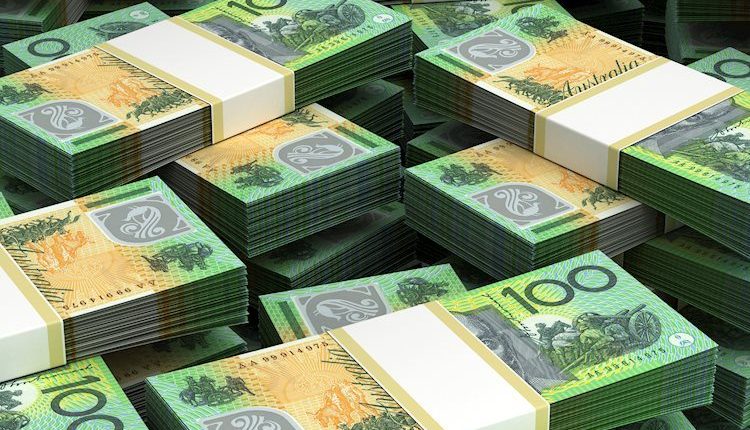- AUD/USD edges higher to around 0.6715 in Monday’s early Asian session.
- Rising bets on smaller Fed rate cuts could cap the USD’s downside.
- Strong Australian job data lowers expectations of the RBA rate cut.
The AUD/USD pair extends its recovery to near 0.6715 during the early Asian session on Monday. The modest decline of the Greenback provides some support to the pair. Investors will keep an eye on the speeches from Federal Reserve (Fed) officials later on Monday, including Neel Kashkari and Jeffrey Schmid.
The Australian Dollar (AUD) strengthens as the upbeat employment data make it less likely that the Reserve Bank of Australia (RBA) will opt for an interest rate cut this year. The Australian Bureau of Statistics revealed last week that the country’s Unemployment Rate in September was 4.1%. Economists estimated the rate would remain at the 4.2% initially reported for August.
“Ultimately, this means less pressure on the RBA to bring forward its rate cut timeline,” said Russel Chesler, the head of investments and capital markets at VanEck. “The market is pricing in cuts to start by February 2025, but we believe rate cuts will start much later in 2025,” Chesler added.
On the other hand, the US economic data continue to show a robust US economy that is not in any need of aggressive Fed easing, which might cap the downside for the US Dollar (USD). Additionally, the uncertainty surrounding the upcoming US election and geopolitical tensions in the Middle East is likely to underpin the safe-haven currency like the USD in the near term.
Australian Dollar FAQs
One of the most significant factors for the Australian Dollar (AUD) is the level of interest rates set by the Reserve Bank of Australia (RBA). Because Australia is a resource-rich country another key driver is the price of its biggest export, Iron Ore. The health of the Chinese economy, its largest trading partner, is a factor, as well as inflation in Australia, its growth rate and Trade Balance. Market sentiment – whether investors are taking on more risky assets (risk-on) or seeking safe-havens (risk-off) – is also a factor, with risk-on positive for AUD.
The Reserve Bank of Australia (RBA) influences the Australian Dollar (AUD) by setting the level of interest rates that Australian banks can lend to each other. This influences the level of interest rates in the economy as a whole. The main goal of the RBA is to maintain a stable inflation rate of 2-3% by adjusting interest rates up or down. Relatively high interest rates compared to other major central banks support the AUD, and the opposite for relatively low. The RBA can also use quantitative easing and tightening to influence credit conditions, with the former AUD-negative and the latter AUD-positive.
China is Australia’s largest trading partner so the health of the Chinese economy is a major influence on the value of the Australian Dollar (AUD). When the Chinese economy is doing well it purchases more raw materials, goods and services from Australia, lifting demand for the AUD, and pushing up its value. The opposite is the case when the Chinese economy is not growing as fast as expected. Positive or negative surprises in Chinese growth data, therefore, often have a direct impact on the Australian Dollar and its pairs.
Iron Ore is Australia’s largest export, accounting for $118 billion a year according to data from 2021, with China as its primary destination. The price of Iron Ore, therefore, can be a driver of the Australian Dollar. Generally, if the price of Iron Ore rises, AUD also goes up, as aggregate demand for the currency increases. The opposite is the case if the price of Iron Ore falls. Higher Iron Ore prices also tend to result in a greater likelihood of a positive Trade Balance for Australia, which is also positive of the AUD.
The Trade Balance, which is the difference between what a country earns from its exports versus what it pays for its imports, is another factor that can influence the value of the Australian Dollar. If Australia produces highly sought after exports, then its currency will gain in value purely from the surplus demand created from foreign buyers seeking to purchase its exports versus what it spends to purchase imports. Therefore, a positive net Trade Balance strengthens the AUD, with the opposite effect if the Trade Balance is negative.
Read the full article here

